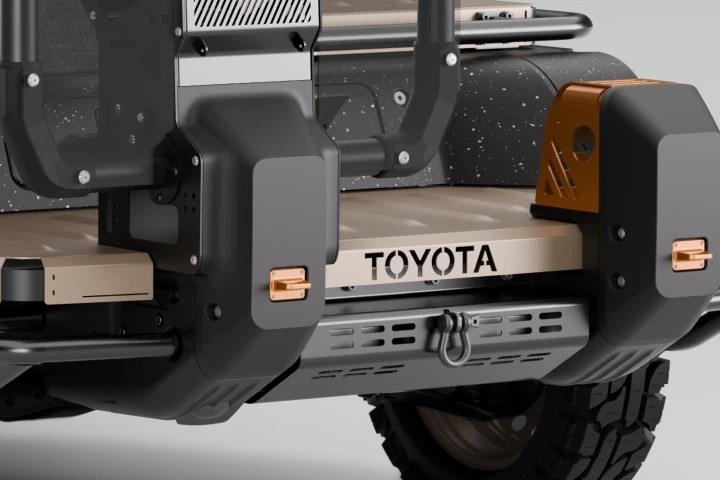The engineers at aerospace firm AgustaWestland are no slouches when it comes to tilt rotor aircraft, having recently developed the intriguing commercial-use AW609. It seems, however, that they’ve been holding out on us ... over a year and a half ago, they began secretly test-flying what they have now publicly unveiled as being the world’s first electric tilt rotor airplane. It’s known simply as Project Zero.
The technology demonstrator aircraft was reportedly designed and built over a period of just six months. It made its first unmanned tethered flight at the company's Cascina Costa facility in Italy, in June of 2011. It has since been flown several other times in 2011 and 2012, including some untethered flights “inside a secured area.”
As with other tilt rotor aircraft, Project Zero’s two rotors can be tilted up to 90 degrees. This allows it to take off and land vertically and to hover, like a helicopter, while also flying forward with the speed and efficiency of a fixed-wing aircraft. Each of the rotors are driven by their own electric motor, which is powered by rechargeable batteries – technical details are sparse at this time. When parked on the ground, those rotors can be tilted to “windmill” in the oncoming wind, charging the batteries as they do so.

Project Zero’s control systems, flight controls and landing gear actuators are also all electrically powered, which means no hydraulic system is required – the plane also doesn’t require a transmission.
The aircraft's entire exterior surface is carbon graphite to maximize strength and minimize weight. The wings provide most of the lift when cruising, with elevons (combined elevators and ailerons) controlling pitch and roll, and the V-tail adding longitudinal stability. For missions that are primarily taking place in “helicopter mode,” however, the outer portion of the wings can be removed for increased maneuverability.
Additionally, because Project Zero’s electric motors don’t require oxygen in order to operate, the aircraft could conceivably fly at very high altitudes or in heavily-polluted air. It should also be difficult to detect, as it makes little noise and has a low thermal signature while in flight.
It’s hard to say when or if we might see a production version of Project Zero, as it was designed as “an insight into what advanced rotorcraft of the future may look like.” AgustaWestland is looking into the possibility of a hybrid version, which would use a diesel engine to power a generator.
Source: AgustaWestland via Wired







